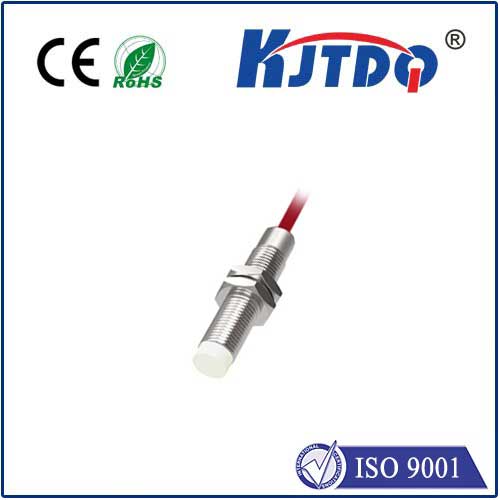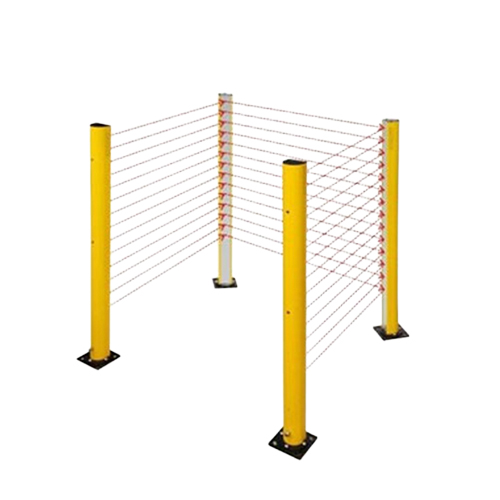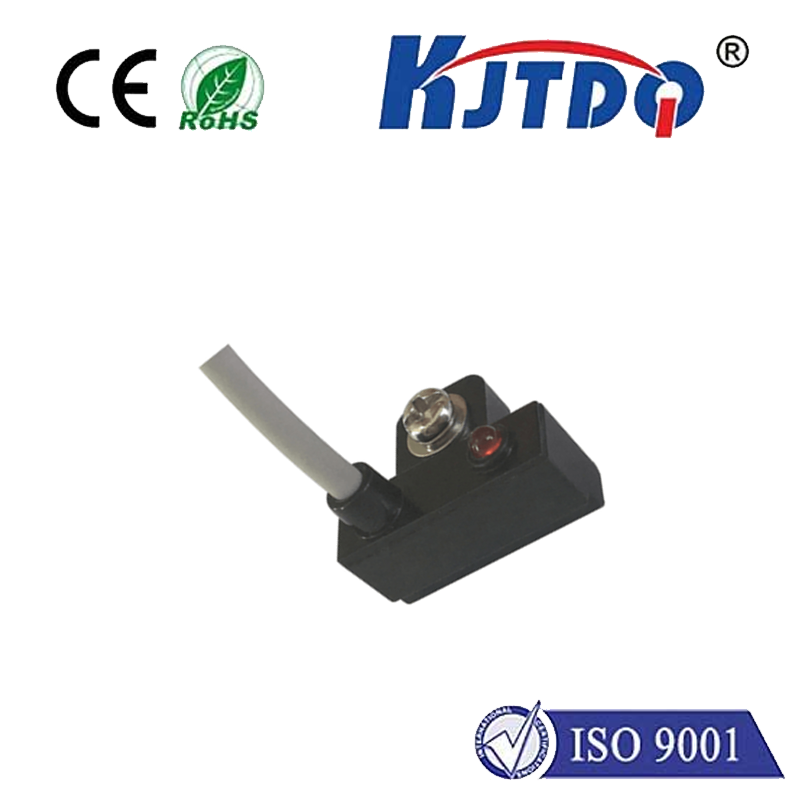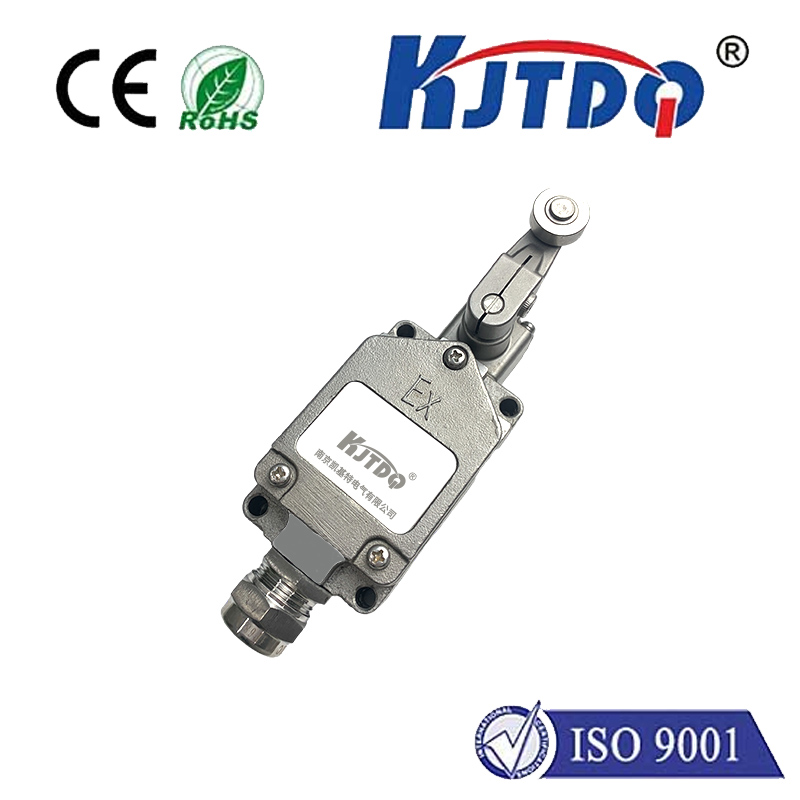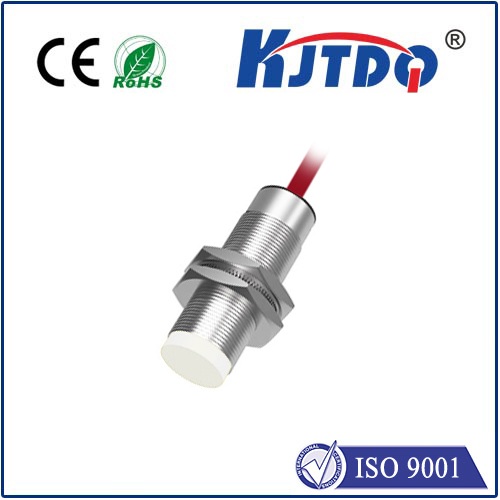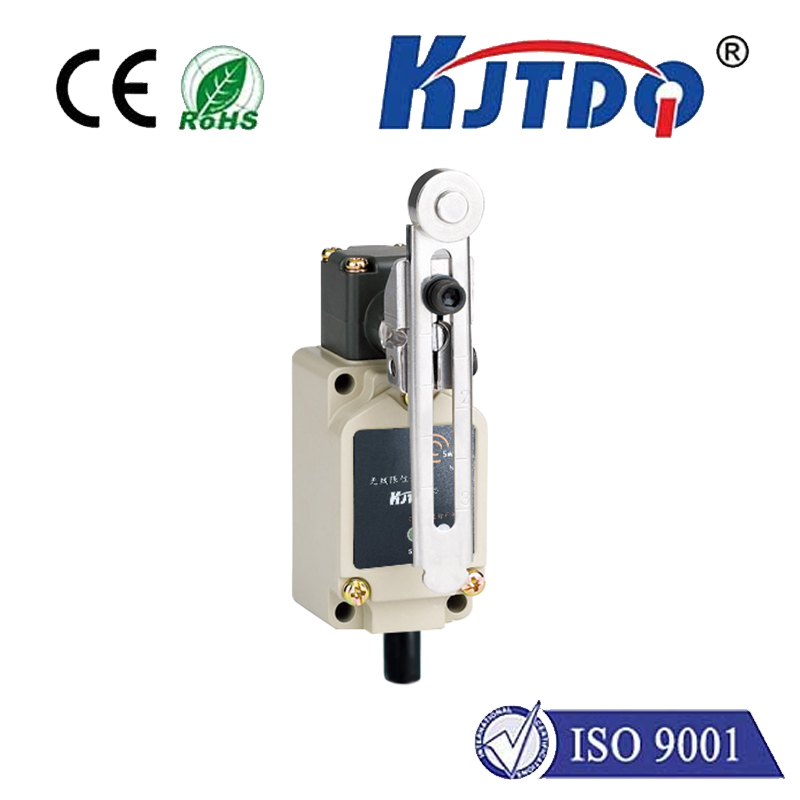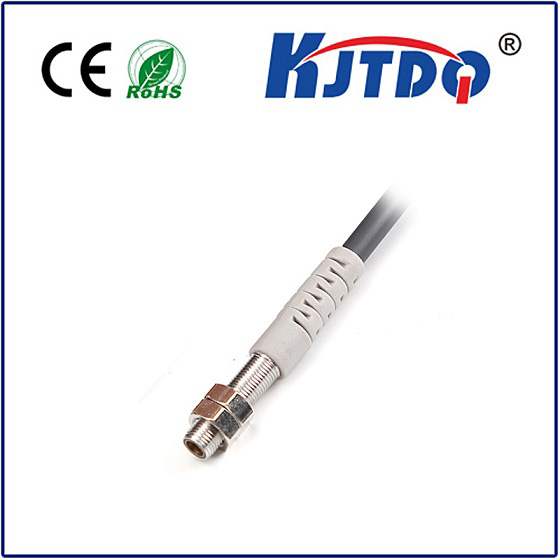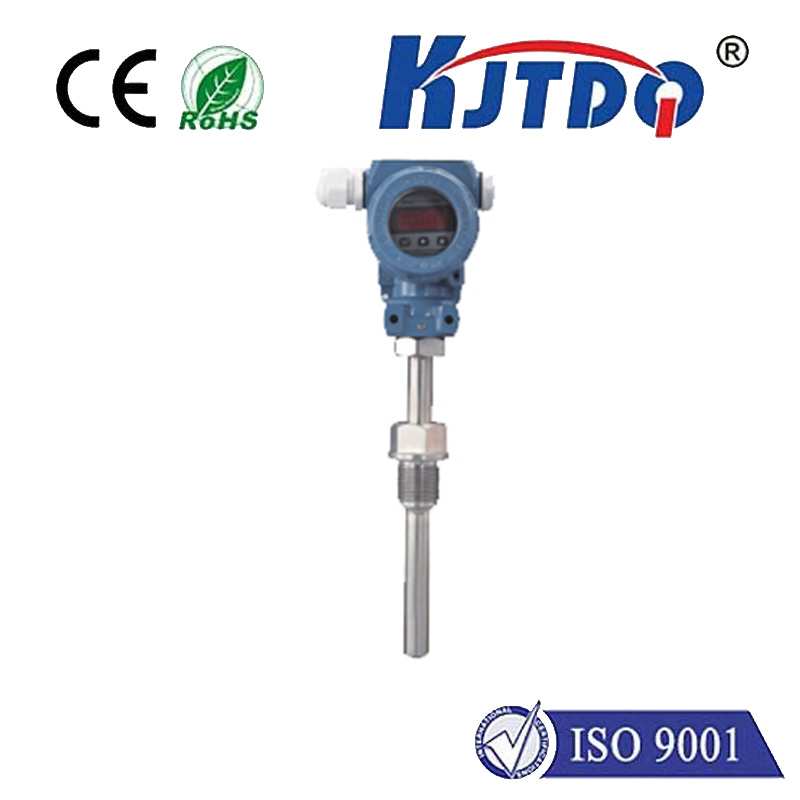omron proximity sensor 12mm
- time:2025-07-14 15:11:55
- Click:0
The Omron Proximity Sensor 12mm: Your Unseen Guardian in Precision Automation
Imagine a world where machines operate blindly, assembly lines collide, and safety barriers fail unpredictably. Sounds chaotic, right? Thankfully, that’s not our reality, largely thanks to tiny, unseen workhorses nestled within countless machines: proximity sensors. And among the most trusted and widely deployed are the Omron proximity sensors, particularly those renowned for their 12mm sensing distance. This specific range isn’t arbitrary; it represents a critical sweet spot for countless industrial applications, offering robustness, reliability, and the perfect reach for demanding automation tasks.
Understanding the Power of the 12mm Sensing Distance
At its core, an Omron inductive proximity sensor detects the presence or absence of metallic objects without physical contact. The “12mm” specification refers to its nominal sensing distance (Sn). This is the standard operating distance at which the sensor reliably detects a standard target (usually mild steel) under defined conditions. Why is this specific distance so valuable?
- Versatility: A 12mm sensing range provides an excellent balance. It’s substantial enough to allow for reasonable mounting tolerances and gaps (e.g., sensing parts on a conveyor through a bracket or guarding) but not so large that it becomes overly sensitive to background metal or requires excessive installation space. This makes it incredibly adaptable across diverse machinery and processes.
- Safety Buffer: In applications like machine guarding or position verification, a 12mm gap allows the sensor to detect an object before it reaches a critical point. This provides a crucial safety margin for stopping motion or triggering an action, preventing collisions or pinch points.
- Practical Mounting: Finding space inside cramped panels, robotic cells, or assembly stations is a constant challenge. Sensors with a 12mm range offer significant detection capability without demanding excessive real estate, simplifying integration for engineers and technicians.
Omron’s Hallmarks: Why 12mm Omron Sensors Stand Apart
Omron didn’t achieve dominance in industrial automation by accident. Their 12mm proximity sensors consistently deliver where it matters most, especially in harsh industrial environments:
- Unwavering Reliability & Long Service Life: Built for the factory floor, Omron sensors are renowned for exceptional build quality. They withstand constant vibration, thermal cycling, and the inevitable knocks of a busy workshop, ensuring years of uninterrupted operation and minimizing costly downtime. This inherent durability translates directly to lower total cost of ownership, a critical factor for plant managers.
- Electromagnetic Noise Immunity (EMI): Factories are electromagnetically noisy places, buzzing with motors, drives, and welders. Cheap sensors falter here, triggering false signals. Omron engineers its sensors, including the core 12mm cylindrical models (like the popular E2E series), with exceptional noise immunity. This guarantees stable, accurate detection even amidst severe electrical interference, preventing production errors and machine faults caused by spurious signals.
- Robust Construction & Environmental Sealing: Encountering dust, oil, cutting fluid, or washdowns? Omron’s 12mm sensors frequently boast high IP67 and IP69K ratings. This means they are completely protected against dust ingress and can withstand powerful jets of water or steam cleaning. Sealed housings and high-grade materials prevent internal corrosion or short circuits, making them ideal for demanding sectors like food processing, automotive manufacturing, and metalworking.
- Stability Across Targets: While optimized for steel, Omron sensors offer consistent performance across different ferrous targets and often provide reliable, albeit reduced, sensing for non-ferrous metals like aluminum or brass. This predictability is vital for consistent automated processes. Knowing the exact repeat accuracy of the sensor ensures parts are detected at precisely the right point, cycle after cycle.
- Wide Product Family & Easy Integration: Omron offers 12mm sensors in various configurations: shielded (flush-mountable) or unshielded (longer sensing range relative to size), different output types (NPN/PNP, NO/NC), and connector styles. This vast selection makes finding the ideal sensor for your specific voltage, load, and mounting requirements straightforward, streamlining design and maintenance.
Where the Omron 12mm Proximity Sensor Truly Shines: Real-World Applications
The combination of Omron’s engineering excellence and the practical 12mm sensing range makes these sensors ubiquitous. Here are just a few key applications:
- Machine Tooling & Metal Fabrication: Endlessly detecting the presence/absence of metal parts, verifying fixture loading, confirming tool changer positions, verifying chuck clamping, and monitoring ejector pins. Their resistance to metal shavings and coolants is paramount here.
- Automated Assembly Lines: Precisely counting components fed from vibratory bowls or tracks, verifying parts positioned correctly for robotic pick-and-place, detecting pallet arrival at workstations, confirming cylinder end positions. The 12mm range allows detection through small gaps in fixtures.
- Packaging & Material Handling: Detecting cases on conveyors, verifying product fill levels indirectly via pusher positions, confirming the presence of bottles/cans before capping or labeling, sensing the position of diverters or gates. Durability against impacts and IP ratings are key.
- Robotics: Providing critical position feedback for grippers, confirming workpiece presence in the end-effector, acting as collision detection sensors on arms or guarding, enabling precise path control via position verification at waypoints. Compact size and EMI immunity are crucial near servo motors.
- Safety Systems: Often acting as the primary detection element in safety interlocks on guards, light curtains, or safety mats, ensuring access doors are securely closed before dangerous machine motion can commence. The reliability and immunity specs are non-negotiable for personnel safety.
Beyond the Basics: Choosing the Right Omron 12mm Sensor
While “Omron proximity sensor 12mm” is a common search starting point, selecting the optimal model requires considering:
- Shielded vs. Unshielded: Does the sensor need to be mounted flush with metal (shielded), or can it be surface mounted potentially sensing slightly beyond its face (unshielded)?
- Output Configuration: Does your control system require NPN (sinking) or PNP (sourcing) outputs? Normally Open (NO) or Normally Closed (NC) operation?
- Connection Type: Pre-wired cable or quick-disconnect plug (like M8 or M12 connectors) for easier replacement? Cable length?
- Specific Environmental Needs: Extreme temperatures? Need IP69K for aggressive washdowns? Special approvals for hazardous areas? Omron likely has a robust 12mm sensor option designed for it.
The Unseen Advantage
In the complex symphony of modern automation, reliable position sensing is the bedrock. The Omron proximity sensor, particularly in the versatile and robust 12mm sensing configuration, provides that critical feedback invisibly and tirelessly. Its blend of precision engineering, unmatched durability in tough environments, immunity to interference, and focused utility at that specific distance makes it far more than just a component – it’s a fundamental assurance of efficiency, safety, and consistent productivity. When precision, reliability, and resilience matter at a 12mm standoff, Omron remains the trusted choice for engineers around the globe.











